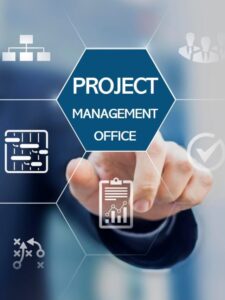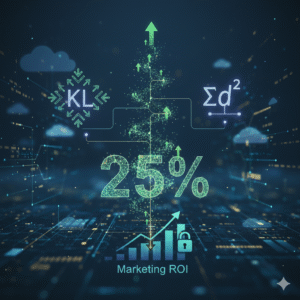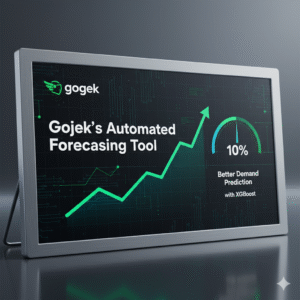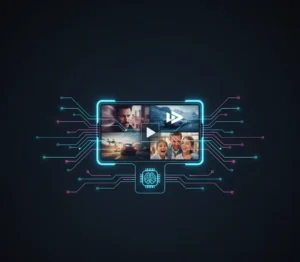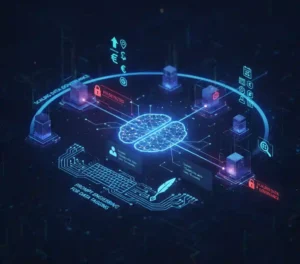YC Startup Ideas and Guidance
1. Government Software
Idea:
AI software to automate government administrative tasks.
Target large-scale operations like form processing, application reviews.
Build solutions for citizen-facing services (DMV, permits, licenses).
How to Achieve:
Start Small: Focus on automating a single process like permit applications or DMV license renewals before scaling.
Compliance First: Ensure the software adheres to local data privacy and cybersecurity regulations (e.g., GDPR in Europe, HIPAA in the US).
AI Integration: Use Natural Language Processing (NLP) for document processing and ChatGPT-like interfaces for citizen queries.
Tools to Use:
RPA Platforms: UiPath, Automation Anywhere (for automating repetitive tasks).
AI Models: OpenAI’s GPT or Google’s PaLM for conversational services.
Cloud Services: AWS GovCloud, Azure Government for compliance-focused cloud hosting.
Sources to Refer:
GovTech Magazine for insights on government technology trends.
Case studies on e-government implementations in Estonia and Singapore.
2. Public Safety Technology
Idea:
Advanced computer vision: develop privacy-preserving surveillance.
Emergency response systems: cut response times and improve coordination.
Community safety platforms: bridge the community-police communication gap.
Law enforcement efficiency tools: reduce paperwork, increase patrol time.
How to Achieve:
Privacy First: Implement Federated Learning to process video data locally without compromising privacy.
Data-Driven Insights: Build dashboards for emergency responders, showing real-time maps and response metrics.
Community Engagement: Use mobile apps for citizens to report incidents and give feedback on policing.
Tools to Use:
Computer Vision: OpenCV, YOLO for object detection.
Emergency Communication: Twilio for SMS-based notifications and communication.
Dashboard Design: Power BI or Tableau for real-time data visualization.
Sources to Refer:
 Advancing Justice Through Science | National Institute of Justice for technology guidelines in public safety.
Advancing Justice Through Science | National Institute of Justice for technology guidelines in public safety.Case studies on Ring and Nextdoor for community-policing tech.
3. US Manufacturing
Idea:
Focus on automated manufacturing systems using ML and robotics.
Follow Tesla’s Gigafactory model for modern US manufacturing.
Target industries with strategic importance (semiconductors, batteries).
How to Achieve:
Automate Assembly Lines: Integrate robotic arms for precision and machine learning for predictive maintenance.
Scale Efficiently: Use modular factory designs inspired by Gigafactories.
Sustainability: Implement renewable energy solutions like solar panels to power manufacturing plants.
Tools to Use:
Industrial Robotics: ABB Robotics, Fanuc for automation hardware.
Predictive Maintenance: PTC ThingWorx or IBM Maximo for IoT-enabled manufacturing.
Digital Twins: Siemens Digital Industries for simulation and planning.
Sources to Refer:
Manufacturing.gov for government initiatives.
Tesla’s Gigafactory documentation and interviews.
4. Stablecoins 2.0
Idea:
Build business-focused stablecoin management platforms.
Develop easy integration tools for developers.
Focus on cross-border payments and remittances.
How to Achieve:
Regulatory Awareness: Ensure compliance with SEC and global anti-money laundering (AML) laws.
Security First: Use blockchain auditing tools to prevent vulnerabilities.
Developer APIs: Provide robust SDKs for quick integration into existing payment systems.
Tools to Use:
Stablecoin Platforms: Stellar, Circle (USDC).
APIs for Payments: Stripe Crypto or Ramp.
Blockchain Auditing: CertiK for security checks.
Sources to Refer:
CoinDesk for blockchain trends.
IMF reports on cross-border payment challenges.
5. LLMs for Chip Design
Idea:
ASIC and FPGA optimization tools using AI.
Target 5-100x performance improvements.
Focus on energy efficiency (10-100x gains).
How to Achieve:
Model Training: Use LLMs trained on chip design datasets to predict optimal layouts.
Collaborate with Hardware Teams: Work with manufacturers to align designs with fabrication constraints.
Energy Optimization: Use reinforcement learning to identify low-power configurations.
Tools to Use:
EDA Tools: Synopsys, Cadence.
AI Models: PyTorch or TensorFlow for custom LLMs.
Energy Analysis: JEDEC standards for power benchmarking.
Sources to Refer:
Research papers on Google’s TPU design.
SemiWiki for insights into semiconductor manufacturing.
6. Fintech 2.0
Idea:
Build AI-first financial products without legacy constraints.
Target underserved markets in insurance and wealth management.
Focus on global payment solutions.
How to Achieve:
Personalization: Use AI to offer tailored financial products.
Expand Access: Build platforms optimized for emerging markets with low-bandwidth solutions.
DeFi Integration: Explore blockchain for transparent lending and payments.
Tools to Use:
AI Engines: H2O.ai | Convergence of The World’s Best Predictive & Generative AI for financial modeling.
APIs: Plaid for account aggregation, Tink for wealth management.
Blockchain: Ethereum for DeFi use cases.
Sources to Refer:
Finextra for fintech developments.
Case studies on Lemonade and Chime for underserved market strategies.
7. Space Companies
Idea:
Capitalize on 10x launch cost reduction.
Build businesses around satellite applications.
Create infrastructure for routine space access.
How to Achieve:
Focus on Cost Efficiency: Partner with companies like SpaceX for affordable launches.
Satellite-as-a-Service: Offer end-to-end satellite deployment for startups.
Infrastructure Development: Build reusable components for satellite servicing and refueling.
Tools to Use:
Simulation Software: STK by AGI for satellite mission planning.
Hardware: Blue Canyon Technologies for CubeSat components.
Sources to Refer:
NASA Tech Transfer Program for licensing opportunities.
SpaceX Starlink use cases for small satellite applications.
8. AI-Aided Engineering Tools
Idea:
Modernize CAD/CAM with AI assistance.
Simplify complex engineering tools.
Create accessible design validation tools, focusing on physics simulation acceleration.
How to Achieve:
AI in Design: Use generative AI to suggest optimal designs for CAD/CAM users.
Physics Simulations: Accelerate testing with GPU-based solvers for real-time feedback.
Accessible UI: Focus on low-learning-curve interfaces for engineers.
Tools to Use:
CAD/CAM: Autodesk Fusion 360 with AI plugins.
Physics Engines: NVIDIA PhysX or ANSYS.
Sources to Refer:
Engineering.com for industry news.
Research papers on generative design in manufacturing.
9. One Million Jobs 2.0
Idea:
Create sustainable human-centric job platforms, focusing on jobs that AI can’t replace.
Build tools for independent business owners.
How to Achieve:
Upskilling Platforms: Provide training programs for high-demand skills like digital marketing and freelance management.
AI Collaboration Tools: Build software that enhances, rather than replaces, human productivity (e.g., creative design tools).
Focus on Small Businesses: Offer tailored solutions like accounting software or inventory management.
Tools to Use:
Job Platforms: Upwork for freelancing tools, Kajabi for skill-building platforms.
AI for Productivity: Jasper for content creation or Canva for design.
Sources to Refer:
McKinsey Future of Work Reports for labor market trends.
ILO.org for global job creation policies.
This guide provides not only actionable insights into each startup idea but also tools and references to jumpstart execution. If you’re building for 2024, this roadmap will help align your startup’s vision with market needs.



